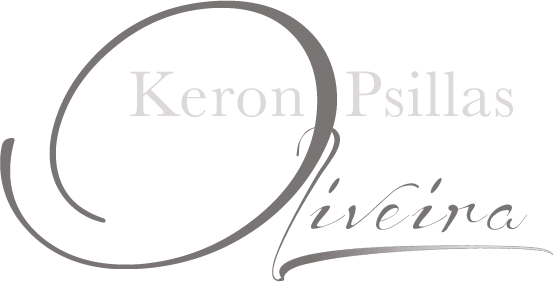It’s not often that I get to touch an important piece of Photographic History. But two weeks ago, during the Sam Abell workshop with the Pacific Northwest Arts School I did just that. We took our class to Port Townsend for an excursion and Sam spied in the case of a bookstore a hand-lettered sign that said they had the Robert Frank French Edition of The Americans (Les Americains).
In the eyes of many photographers, this book IS the Holy Grail of photography, even more so than Henri Cartier-Bresson’s The Decisive Moment. Paul Stafford, gentleman proprietor of William James Books, offered to show us the copy (as we had met him on a previous trip and he knew that Sam had a serious interest in the title).
We threaded our way through tall stacks and shelves to reach the back of the store. After four locked doors on various levels, steps in between, we arrived at the sanctum sanctorum. Paul placed the bubble wrapped package on a table and invited us to open the book. But first we had to get over the cover! A Saul Steinberg drawing??? This is a photography book….what’s happening? And then to open the book and discover so much narrative, in French? There is so little in the English edition that came later. But the images? The same photographic erudition, the same searching, frank observations, the same humanity. Indeed the images are mostly the same as in the later English edition.
It was a thrilling moment for me in several ways. I was there with my mentor, Sam Abell, who has his own richly deserved spot in photographic history, and I was seeing this book in its original state, its first incarnation…and in near pristine condition. As a book lover, this is a high-water mark for me! But then I had the opportunity to return with my other beloved mentor, Arthur Meyerson, during our class that took place just last week.
Again, Paul Stafford was tremendously kind and offered to show Arthur the copy immediately. I think Arthur was even a little nervous to be handling it! To my great joy, I photographed Arthur with Paul, and listened, as I had with Sam, to him recount why this book was so important to him. Personally, there were favorite images for Sam and Arthur…different images for different reasons. But they were also generous in their discussions with Paul about why the book was so revered and how much it influenced the world of photography after its publication.
Never before had people thought to make a lunch counter a photographic subject, or a funeral for a black man, or an afternoon picnic in a park with cars, blankets and young people making out. It wasn’t ‘done’ to photograph a black nanny with her white child. He broke the taboos and barriers, and expanded the consciousness for what could be considered art in photography. The tension, nuance, and cultural sensitivity that exists in his photographs was a clear contrast to what other contemporary photographers were doing. Low light, unusual focus, and cropping were all in contravention to the accepted photographic technique of the time. But the work produced a reflection of life in America in the 1950’s…not the world of Ward and June Cleaver, but the world of factory workers, transvestites, and segregation.
The art world was slow to embrace the imagery, even reviled it, but young people saw the worth of it…as did other street photographers. It energized the medium and changed it forever. Few works of art in any medium have had that effect. The Americans did.
There are far more sophisticated reviews of his work available than what I can offer. Here is one, a link to a story by National Public Radio. It’s worth the time! http://www.npr.org/templates/story/story.php?storyId=100688154
Once again I must thank my dear friends and teachers, Sam Abell and Arthur Meyerson, for lighting my photographic world and path. We do have the best times together and I know there will be many more.


Beautiful commentary.